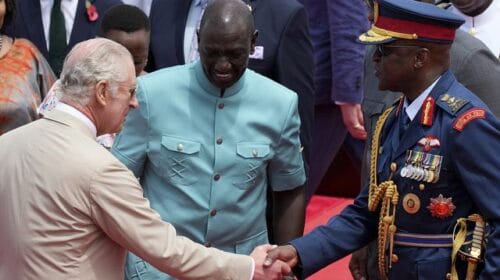Pigeons face deadly odds in the Phillipines

The longest homing pigeon race is a tense affair for Phillipines sizable flock of fans.
The brutal 600 kilometer Mac Arthur competition is a daunting task for these birds and their owners.
Overwhelming heat, raging seas, violent predators, and even threat of kidnapping by people are amongst the woes.
I feel sad when my pigeons don’t come back, especially my favourites. Sometimes I’m on the roof of the loft, whispering where are they? Why didn’t they come back?
And only one in ten will finish the race.
“Pigeons are very unlikely to return home because when it is hot, they go ashore and are immediately caught by kidnappers. There are also nets in place to catch them”, said race director, Nelson Chua.
Racing pigeons can be worth thousands of dollars because they can make a lot of money for their owners.
In March, a Chinese buyer spent up to $1.45 million on a bird at an auction for Belgium’s best long-distance racing pigeon of all time.
“I feel sad when my pigeons don’t come back, especially my favourites. Sometimes I’m on the roof of the loft, whispering where are they? Why didn’t they come back?”, asked pigeon fan, Mary Grace San Jose.
The Philippines, where the success of these competitions has been emulated in the region, now has at least 300 clubs with thousands of members.
India, Taiwan and China are quickly following suit.
“I’m more excited about my racing pigeons because they’re the only animals, they’re the only birds I have in my house and the rest are on my farms so I can be with them every day, I don’t think I’m going to abandon racing pigeons until I die”, said pigeon fan, Jaime Lim.
But for pigeons and animal lovers, the perilous challenge of the Mac Arthur race is to blame for the cause of death for its pigeons.
It has a 90% loss rate and by far remains the deadliest race in the world.
AFP




